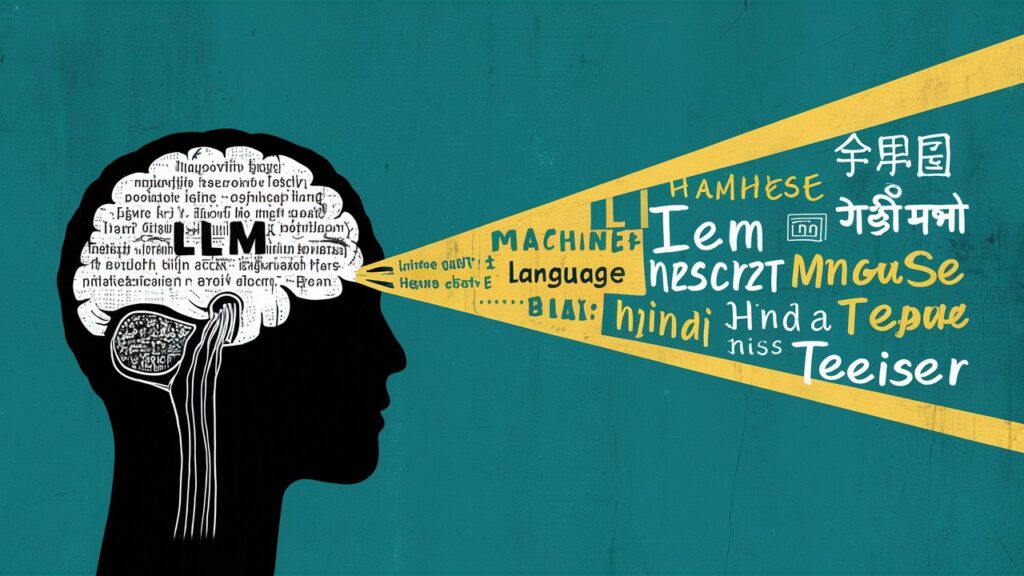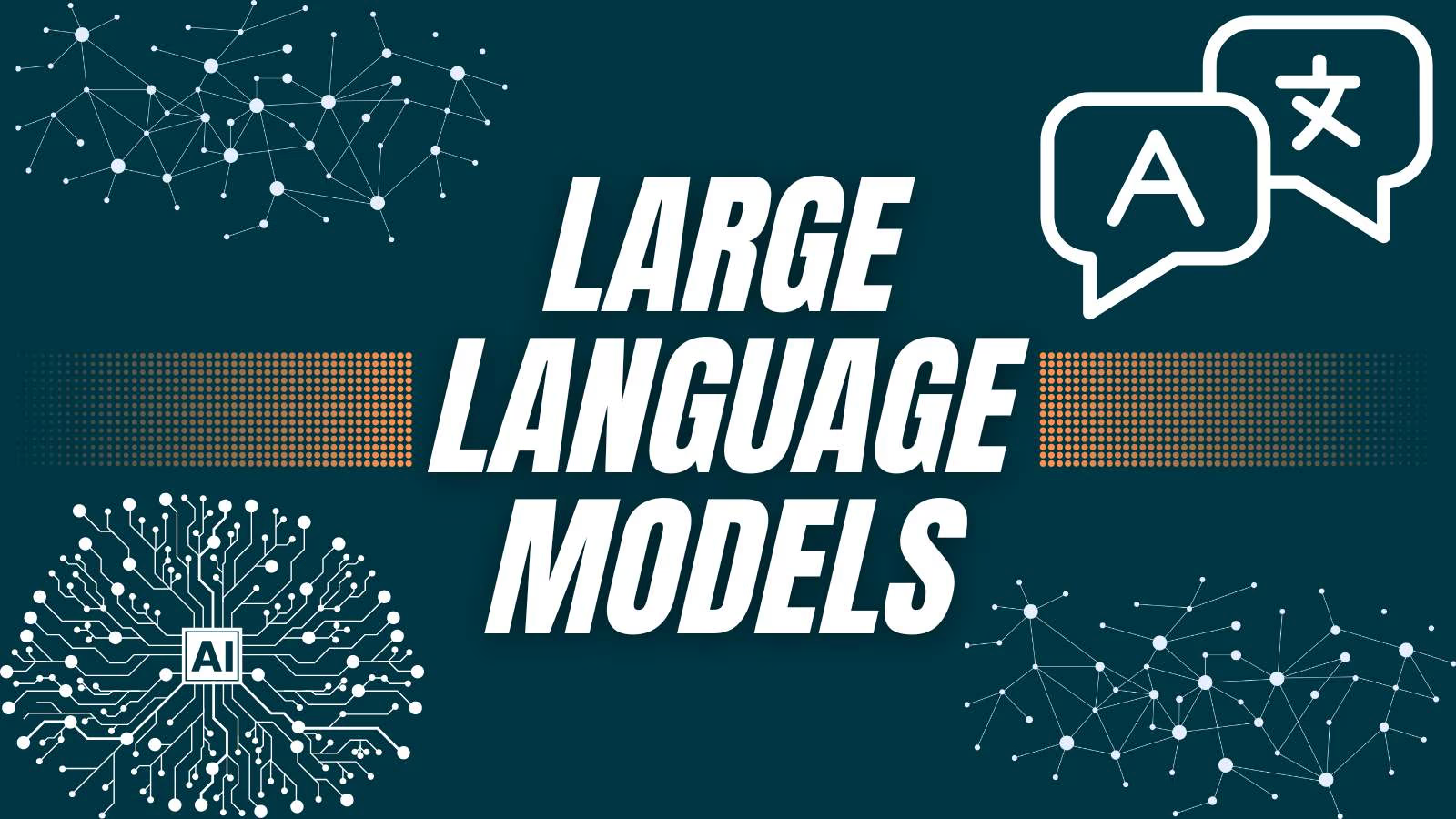Table of Contents
ToggleIntroduction
In recent years, artificial intelligence (AI) has seen remarkable progress, with large language models (LLMs) emerging as one of its most exciting advancements. These sophisticated systems are transforming how we interact with technology, making them a crucial topic for anyone interested in the future of AI. In this article, we’ll dive deep into the world of large language models, uncovering how they work, what they can do, and where they’re headed.
What Are Large Language Models?
Large language models are essentially AI experts in comprehending, producing, and playing with human language. A huge amount of text data is used to build these models and these models use advanced algorithms to produce and predict human-like text. Historically, language models have evolved from simple statistical methods to complex neural networks, each iteration bringing us closer to more accurate and versatile language processing capabilities.
How Do Large Language Models Work?
At the core of large language models are sophisticated algorithms and neural network architectures. These models have been fed massive text datasets, which are used to learn language patterns, nuances, and structures Neural networks, particularly transformers, play a pivotal role in this process. Transformers enable the model to process various parts of the input text in parallel, resulting in a better comprehension of the context and more sensible outputs.

Key Components of Large Language Models
Tokenization is a crucial step where text is broken down into manageable pieces, or tokens, which the model can process Attention mechanisms help the model prioritize various tokens, allowing it to better grasp the subtleties of language. Together, these components help large language models generate text that is both accurate and contextually relevant.
Popular Large Language Models
Among the most well-known large language models are GPT-3 and GPT-4, developed by OpenAI, and BERT, created by Google. GPT-3 and GPT-4 are renowned for their ability to generate human-like text across various tasks, while BERT excels in understanding the context of words in a sentence. These models represent significant advancements in language processing and have set new standards for AI capabilities.
Applications of Large Language Models
Large language models have a wide range of applications, including natural language processing (NLP), where they power search engines and virtual assistants, and automated content generation, which is used for creating articles, summaries, and other textual content. They are also increasingly being used in customer support to provide instant, accurate responses to user inquiries.
Advantages of Large Language Models
One of the primary advantages of large language models is their enhanced accuracy and fluency in text generation. They can craft text that seamlessly fits any context, making them incredibly versatile tools. Their ability to mimic human conversation has revolutionized how we interact with AI systems.
Challenges and Limitations
For all their impressive abilities, large language models still have a long way to go. Data bias remains a significant concern, as these models can inadvertently perpetuate existing biases present in their training data. Additionally, the computational resources required to train and run these models can be substantial, raising issues related to cost and environmental impact.
The Future of Large Language Models
Looking ahead, large language models are expected to continue evolving with advancements in technology and research. Emerging trends include the development of more efficient models that require less computational power and the exploration of new applications across different industries. LLMs are still evolving which is expected to enhance their impact and capabilities.
How Businesses Can Leverage LLMs
Businesses can harness the power of large language models to enhance their operations in various ways. By integrating LLMs, businesses can enhance customer interactions, streamline content development, and gain invaluable insights. Strategic use of these models can lead to significant benefits, including increased efficiency and better user experiences.
Case Studies
Successful implementations of large language models can be found across various sectors, from tech giants using them for search engine optimization to healthcare companies utilizing them for patient interaction. These case studies provide valuable insights into best practices and lessons learned, helping other organizations make the most of LLMs.
Ethical Considerations
Addressing ethical considerations is crucial when working with large language models. This includes tackling issues of bias and ensuring transparency in how these models are developed and used. By prioritizing fairness and accountability, we can mitigate potential negative impacts and ensure responsible use of AI technology.
Getting Started with Large Language Models
For those interested in exploring large language models, several tools and platforms are available for development and experimentation. To learn and implement large language models, you can turn to online courses, tutorials, and community forums. Leveraging these resources, anyone can build the proficiency required to work seamlessly with LLMs.
Conclusion
Large language models are a game-changer in AI, demonstrating extraordinary capabilities for understanding and creating human language. Their impact is already being felt across various industries, and their future potential is immense. As technology continues to advance, LLMs will play an increasingly important role in shaping the future of AI. If you are more interested on AI topics, please read some of my AI articles
FAQs
- What are the key advantages of using large language models?
- Large language models offer improved accuracy, fluency, and versatility in text generation, enhancing user interactions and content creation.
- How do large language models handle data bias?
- Handling data bias requires meticulous data curation and continuous monitoring to reduce its impact on model results.
- Who are the big players in the world of large language models right now?
- Notable large language models include GPT-3, GPT-4, and BERT, each offering unique capabilities and applications.
- How can businesses integrate large language models into their operations?
- Businesses can integrate LLMs into systems for customer support, content generation, and data analysis to improve efficiency and user experiences.
- What are the developing patterns forming the future of AI dialect models?
- Future patterns incorporate the advancement of more productive models, investigation of modern applications, and progressions in demonstrate preparing methods.


One Response